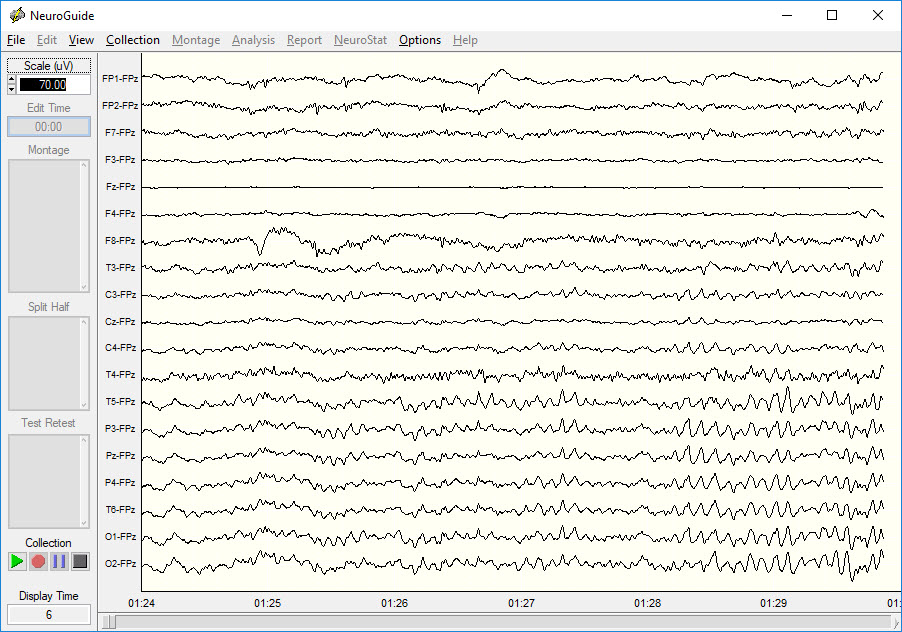Research on Neurofeedback
Over the past 20+ years, numerous studies have supported the benefits of Neurofeedback for various conditions, including ADHD. In fact, Neuroguide (the program we use) achieved FDA approval in 2003 for functions related to ADHD and Traumatic Brain Injury. The use of qEEG technology lies at the root of Neurofeedback technology and is now being used all over the world as a treatment approach for ADHD and other problems and disorders. Neurofeedback has even become reimbursable through insurance companies under certain circumstances for certain type of conditions. We can provide clients with a superbill to submit to their insurance.
Four randomized controlled trials have shown Neurofeedback to be superior to a (semiactive) control group, whereby the requirements for Level 4: Efficacious are fulfilled (Criteria for evaluating the level of evidence for efficacy established by the AAPB and ISNR). In line with the AAPB and ISNR guidelines for rating clinical efficacy, both prospective controlled studies and studies employing a pre- and post-design concluded Neurofeedback treatment for ADHD was considered ‘Efficacious and Specific’ (Level 5) with a large Effect Size (ES) for inattention and impulsivity, and a medium ES for hyperactivity. These results are consistent with meta-analytic research showing that Neurofeedback is equal or superior to stimulant medication in the treatment of inattention and impulsivity. The effects of Neurofeedback have been found to persist up to 9 years or longer (after Neurofeedback treatment was ended). As noted in an article below from the official journal of the American Academy of Pediatrics, a recent study found that students with ADHD maintained almost all behavioral gains from Neurofeedback six months after treatment was stopped, whereas students who instead received computerized interventions for attention only maintained a small portion of treatment improvements. The minimal potential for side-effects of Neurofeedback treatment (in comparison to medication) result in many clients and/or parents choosing Neurofeedback instead of medication for the treatment of inattention and hyperactivity/impulsivity. It is also possible to use both medication and Neurofeedback in the treatment of symptoms associated with ADHD.
As described in an article by Hammond (2011), peer-reviewed and scientific research has strongly supported the use of Neurofeedback with ADHD, learning disabilities (e.g., reading disorder/dyslexia), autism-spectrum disorders, neurological disorders (e.g., traumatic brain injury and stroke), anxiety (e.g., Generalized Anxiety Disorder and OCD), posttraumatic stress disorder (PTSD), migraine headaches, chronic pain, sleep disturbance, alcohol and substance abuse, and depression. Neurofeedback has also been used successfully in optimizing peak performance in athletes, musicians, and surgeons.
Additional Links & Resources
Clients or parents interested in learning more about qEEG assessment and Neurofeedback can download and read the following articles from scientific journals which describe the potential benefits associated with qEEG-Guided Neurofeedback.

